1. The Fridge Method
The test that is most commonly discussed is called the Fridge test. The general idea is that olive oil is primarily oleic acid. Oleic acid freezes around 39 degrees Fahrenheit, and most people have their refrigerator set to 37 degrees fahrenheit. So, if you leave your oil in the refrigerator for a couple of days it should solidify or become cloudy.
Unfortunately, this method doesn't always work. Real olive oil will have an oleic acid content of about 55% to 83%. Other types of acids like linoleic acid naturally occur in olives as well, and, in the case of linoleic acid, it has a freeze point around 15 degrees fahrenheit. When production occurs, the result can be an extra virgin olive oil that is 20% linoleic acid and will not freeze at 37 degrees fahrenheit.
2. Smoke Test
The premise behind the smoke test is that extra virgin olive oil will not begin to smoke until it reaches at least 330 degrees fahrenheit. Higher quality oils may not even smoke until they reach 410 degrees. If your olive oil smokes at less than 330 degrees you do not have 100% olive oil, or it's not a high enough quality to be labeled 'extra virgin'.
The smoke test is good at identifying olive oil that's been blended with sunflower oil which has a low smoke point (around 225 degrees). The problem is that olive oil is commonly faked by blending it with avocado oil or refined canola oil which both have a smoke point well over 400 degrees. So, this test will not identify these.
3. The Burn Test
All olive oil will burn in an oil lamp. If yours does not, you do not have 100% olive oil. That's about all you can say, though. Similar to the smoke test, it will help you identify something that is not olive oil, but lots of oils will burn in an oil lamp, so you don't know for sure that you've got the real thing.
4. Price
The current methods that are used to produce extra virgin olive oil are expensive enough that the lowest price your EVOO should cost is about $15/liter. If you're looking at a 500ml bottle that's $3, you're probably not looking at a bottle of EVOO.
5. Dark Bottles
Dark bottles are a good sign. Sun and heat will break down the nutritional value and ruin its shelf life. A lot of producers who are serious about making really good stuff prefer to use dark bottles to preserve their hard work. n n That said, this does not mean that a dark bottle definitely contains the real thing or that a clear bottle is fake. So while it's a good sign, a dark bottle will not guarantee you of anything.






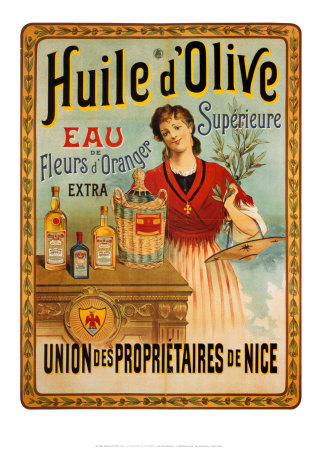
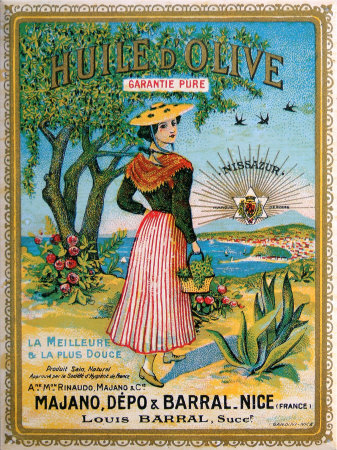
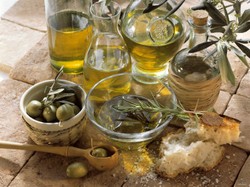


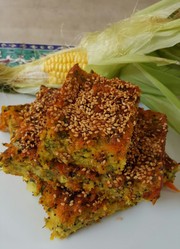
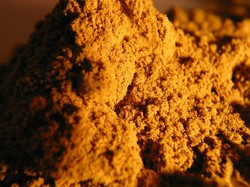
Comments
Great tips. Didn't realise olive oil solidified in the fridge.
Ya, it's really a shame. Such healthy stuff if it's real!
Great olive oil is a staple in our kitchen. It is wonderfully rich and that taste is unique. I look for the dark green tint also. So many fakes in the world and people have to pick on olive oil. sigh You are right though. It would be easy to rip off someone who does not know about the real product. Thanks for a highly educational tutorial on EVOO.